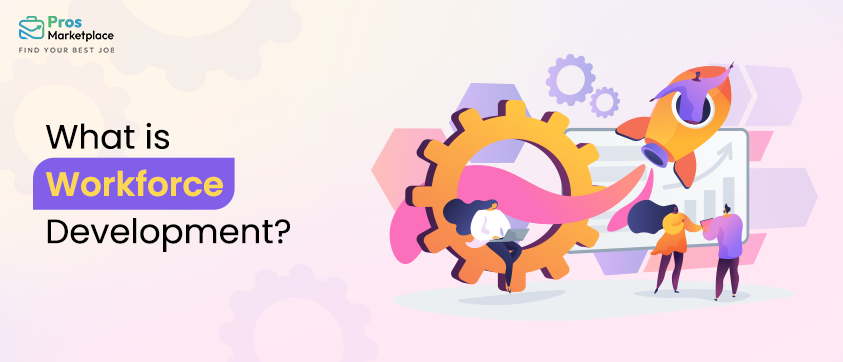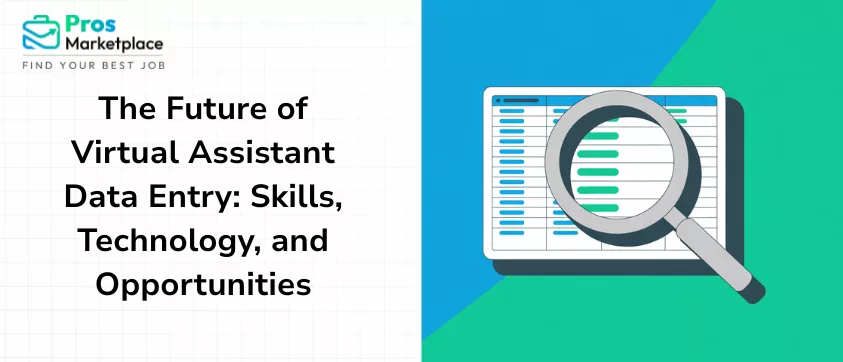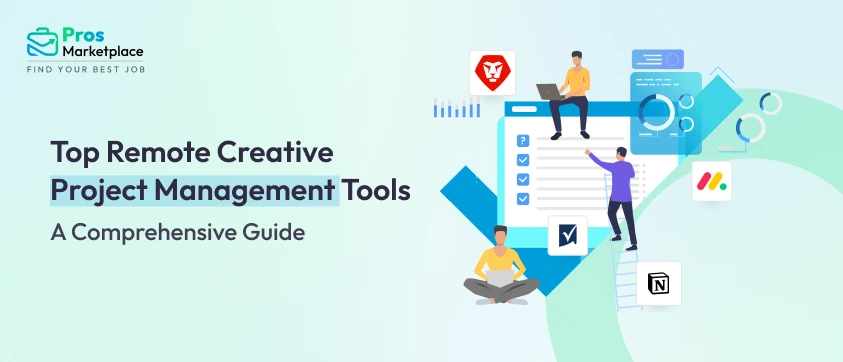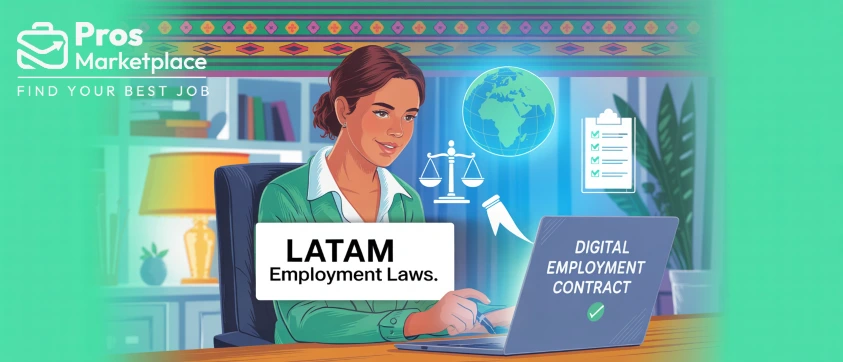Workforce development focuses on updating workers’ skills to ensure long-term success in the market. It involves offering individuals, communities, and businesses training, development opportunities, and continuing education.
This can include everything from technical training, certifications, or workshops on soft skills like communication and leadership.
Workforce development is not just about meeting current job requirements but preparing for future roles and advancements. These range from job placement services to funding for education and training programs, for creating a more skilled and adaptable workforce.
Why is Workforce Development Important?
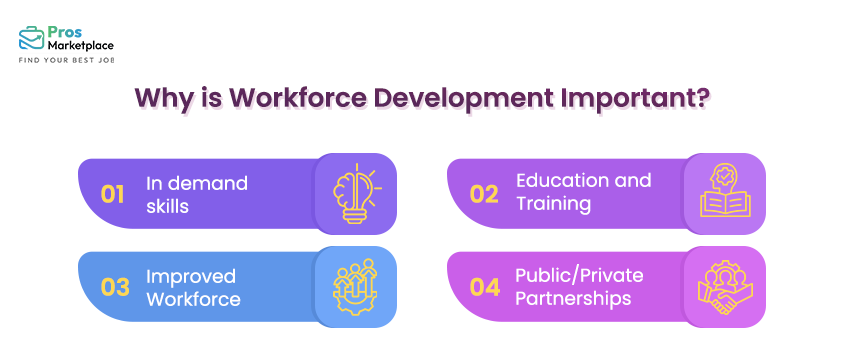
Workforce development puts people first, boosting morale, retention, and productivity. Training opportunities widen the scope of an individual’s contribution to an organization. Recent years have seen a rapid rise in technology at work. Machines and automation have shaken up historically concrete roles and resulted in high turnover rates and a shift in necessary job skill sets. People have turned to workforce development courses to better themselves amid the competitive market. In a time where frictional unemployment is more prevalent, it is important to factor in how you are developing your workforce.
Job Satisfaction
Workforce development makes employees feel like valuable assets encouraging job security and satisfaction. When companies invest in employee growth, they feel more valued and motivated. This sense of being appreciated leads to greater loyalty and stronger commitment. Having the right skills and knowledge means employees can perform better, making work more fulfilling. Feeling confident and competent in their roles boosts overall job satisfaction.
Better Morale
Investing in workforce development goes beyond offering a paycheck. It supports creativity and innovation in the workplace. Employees gain the confidence to try new things and test new ideas. This culture of continuous learning and improvement builds a sense of community and shared purpose. Prioritizing employee growth boosts their overall morale. This also reduces turnover, saving costs on hiring and training new staff.
Increased Productivity
Workplace stress can affect thinking and productivity. Employee development helps employees work smarter, reduce burnout, and increase overall productivity. Regular training increases productivity by keeping employees updated on new business trends and technologies. This continuous improvement streamlines processes and eliminates unnecessary tasks, allowing employees to focus on more productive activities.
A Skilled Workforce
Prioritizing education and training to ensure that the workforce remains qualified. Employees are more confident in their careers and career development. Qualified employees can make companies more competitive by addressing the challenges of a rapidly changing business. Regular training helps reflect skills, prepare employees for future roles, and foster internal growth and advancement. This benefits the company and gives employees control over their work. By encouraging employees to develop their skills, they become innovative and flexible, thus contributing to the success and performance of the organization.
Creating a Workforce Development Plan
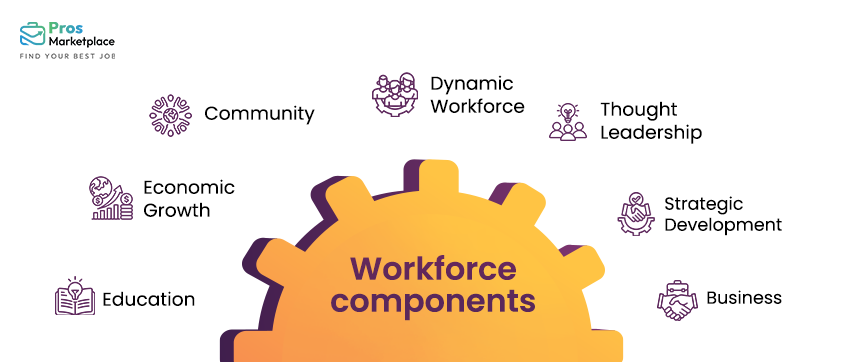
A workforce development plan ensures your team has the knowledge, skills, and adaptability for its success in the long run. This program goes beyond training; and ensures continuous learning, motivating employees to give their best. Here are the steps for creating a successful employee development plan that will give you the tools you need to build a high-performing, future-ready team.
- Assess Needs: Thoroughly assess skills and knowledge gaps using tools like direct observations, employee feedback, and performance data.
- Set Clear Objectives: Define measurable goals aligned with your business strategy, such as improving customer satisfaction through targeted training.
- Choose Training Methods: Select appropriate methods tailored to your industry and workforce, like mobile platforms for deskless workers.
- Implement the Program: Roll out training ensuring accessibility and understanding. Foster open communication and gather feedback for adjustments.
- Evaluation and Adapt
- Continuously measure impact through performance data and feedback to refine and expand the program as needed.
Key Strategies in Workforce Development
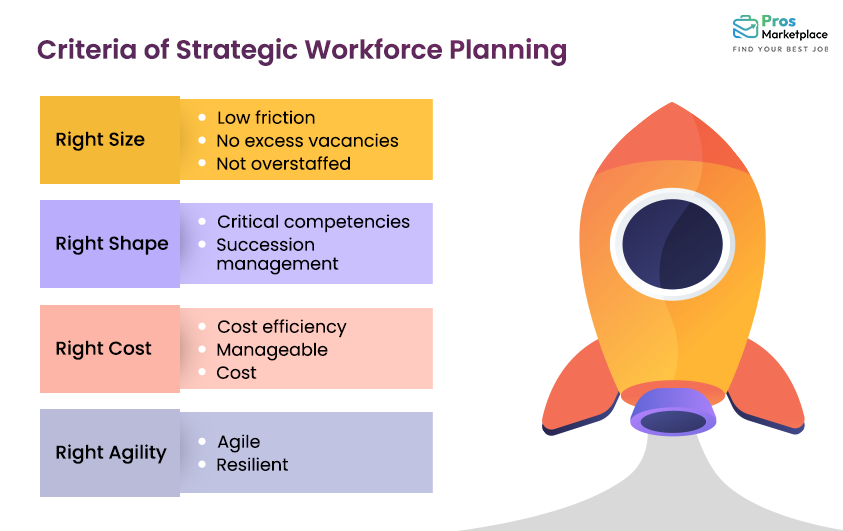
Training and education are the cornerstones of any good development program. These resources keep your team sharp today and prepare them for future opportunities. They come in many forms, from certifications and college degrees to upskilling courses and on-the-job training. When building skills, consider both current needs and long-term goals. Soft skills like communication and teamwork are valuable in any role, while certifications can provide a career development boost.
Connecting People and Opportunities:
Job placement and career counseling play a vital role. Counselors help individuals understand the job market and find work that aligns with their skills and interests. This might involve offering services during company expansions or downsizings, providing aptitude assessments, or even establishing a career center with resume writing workshops and access to internal job openings.
Research Shows Results:
Studies indicate the effectiveness of career counseling. A recent National Institutes of Health study found that over 40% of long-term unemployed individuals who received counseling post-pandemic secured jobs within two months. Counseling also helps people gain self-knowledge, explore career options, and build confidence – all factors that contribute to career success.
Collaboration is Key:
Workforce development thrives on collaboration, especially during economic disruptions. Businesses, educational institutions, and even community groups can work together to develop innovative solutions for workforce trends, fill skills gaps, and create more job opportunities.
Workforce Developments – Types & Benefits
Effective workforce development supports economic security by equipping individuals with the skills they need to be productive and pursue career advancement opportunities.
Supports communities and businesses by promoting inclusion, diversity, and equity for professional development.
However, it is important to understand its types and the benefits for your businesses, before starting working on it:
Workforce development types
Training and education are important parts of effective workforce development programs. They empower employees to give their best while making them qualified for future opportunities. Here are some common forms of workforce development training and education:
- Certifications: Validations of specific skills or competencies.
- Postsecondary Education: Further academic studies beyond high school.
- Upskilling: Enhancing existing skills to meet evolving job demands.
- Professional Development Courses: Targeted learning programs to improve job-related skills.
- Mentorship Programs: Guidance and support from experienced professionals.
- On-the-Job Training: Learning while performing tasks in the workplace.
- Apprenticeships: Combining work experience with structured learning.
Workforce Development & Resources
A variety of resources support workforce development efforts:
- Federal and state grants for training programs.
- Government-sponsored courses like the CDC’s continuing education programs.
- Online platforms are offering professional development courses, such as Coursera.
Job Placement and Career Counseling
Job placement and career counseling are integral to workforce development, guiding individuals toward suitable job opportunities and career advancement.
- Providing job placement services during company expansions or downsizing.
- Conducting aptitude assessments to match employees with suitable careers.
- Offering cross-training and development programs to explore diverse job interests.
- Establishing career counseling offices to assist with resume writing and job applications.
Career counseling has proven effective in helping unemployed individuals secure jobs and build confidence in their career pursuits.
Workforce Innovation and Collaboration
Innovative workforce development strategies involve collaboration among businesses, educational institutions, communities, and unions to address labor market gaps and economic disruptions.
- Employers partnering with multiple providers to upskill employees for digital transformations
- Adopting flexible workforce models and providing remote team management training.
Innovative approaches ensure communities have a skilled workforce ready to meet future challenges and opportunities.
Conclusion
Workforce development is the foundation of organizational growth and personal success. By constantly enhancing skills and knowledge, companies can not only improve their working capital but also improve employee commitment and motivation. From appropriate training to career counseling services, workforce development programs help employees adapt to changing business needs and promote a healthy work environment.
Certifications and internships for new collaboration and online learning platforms reflect the changing and evolving nature of today’s workforce.
So by embracing innovation, collaboration, and a commitment to continuous learning, you can effectively launch a workforce development plan to create a workplace that contributes to your business growth!
